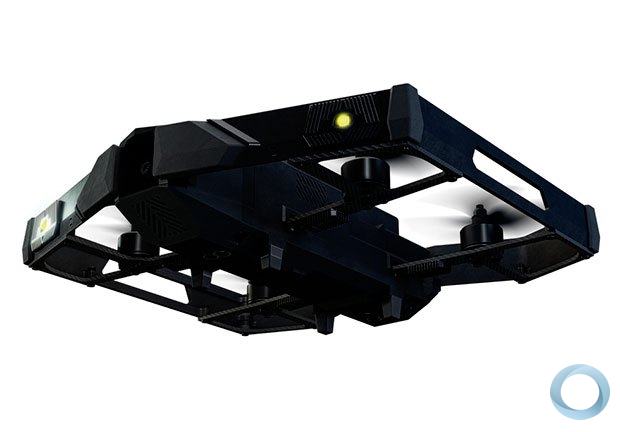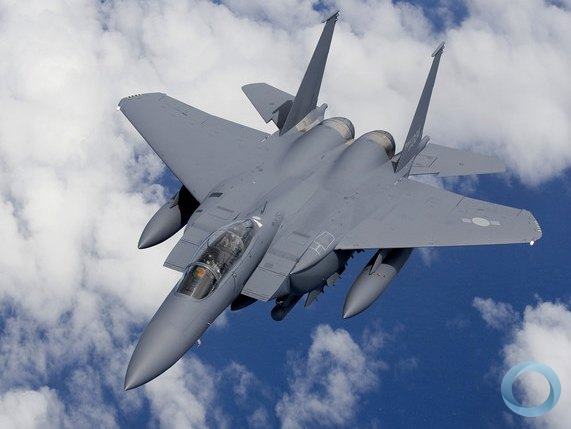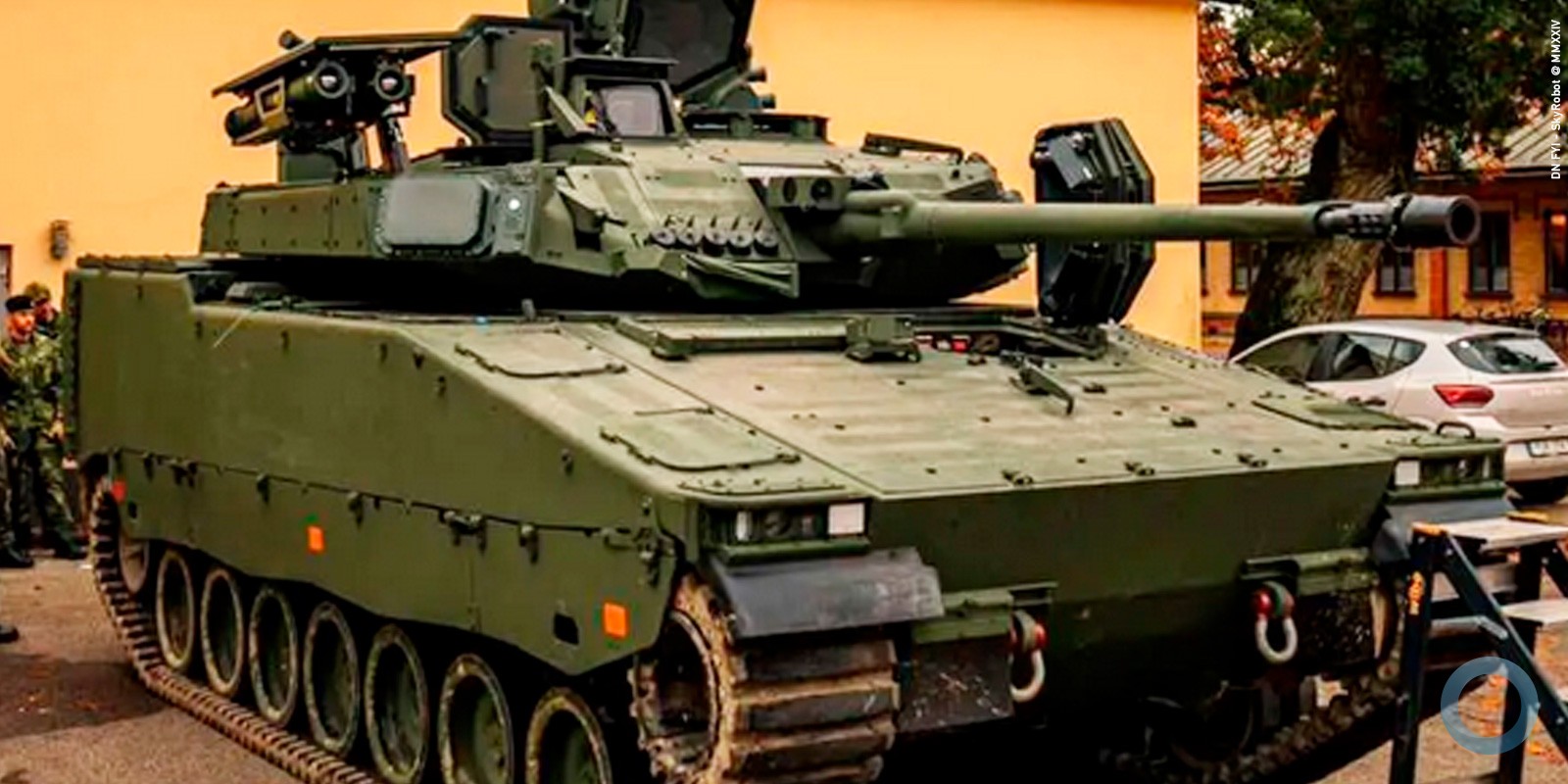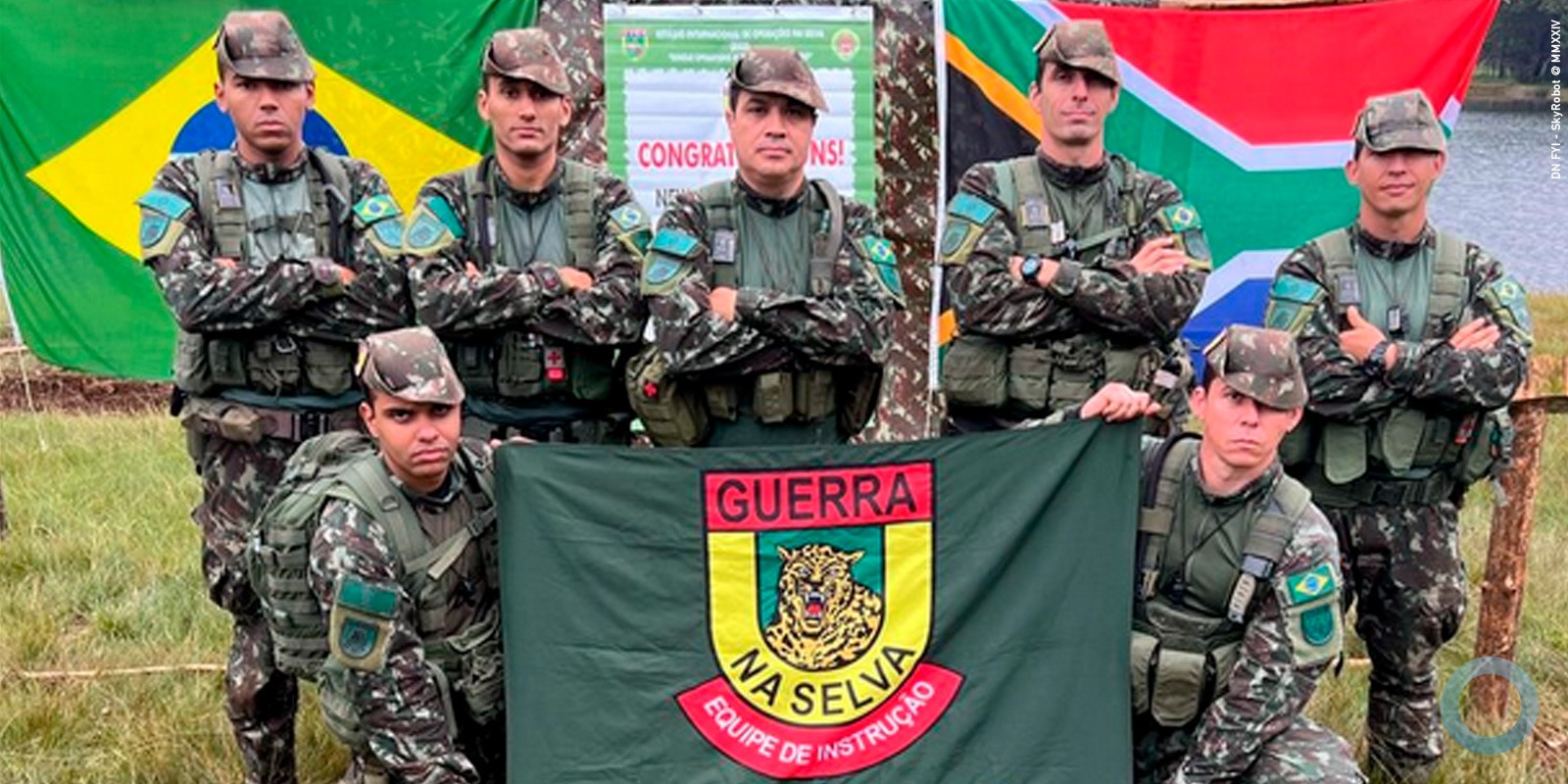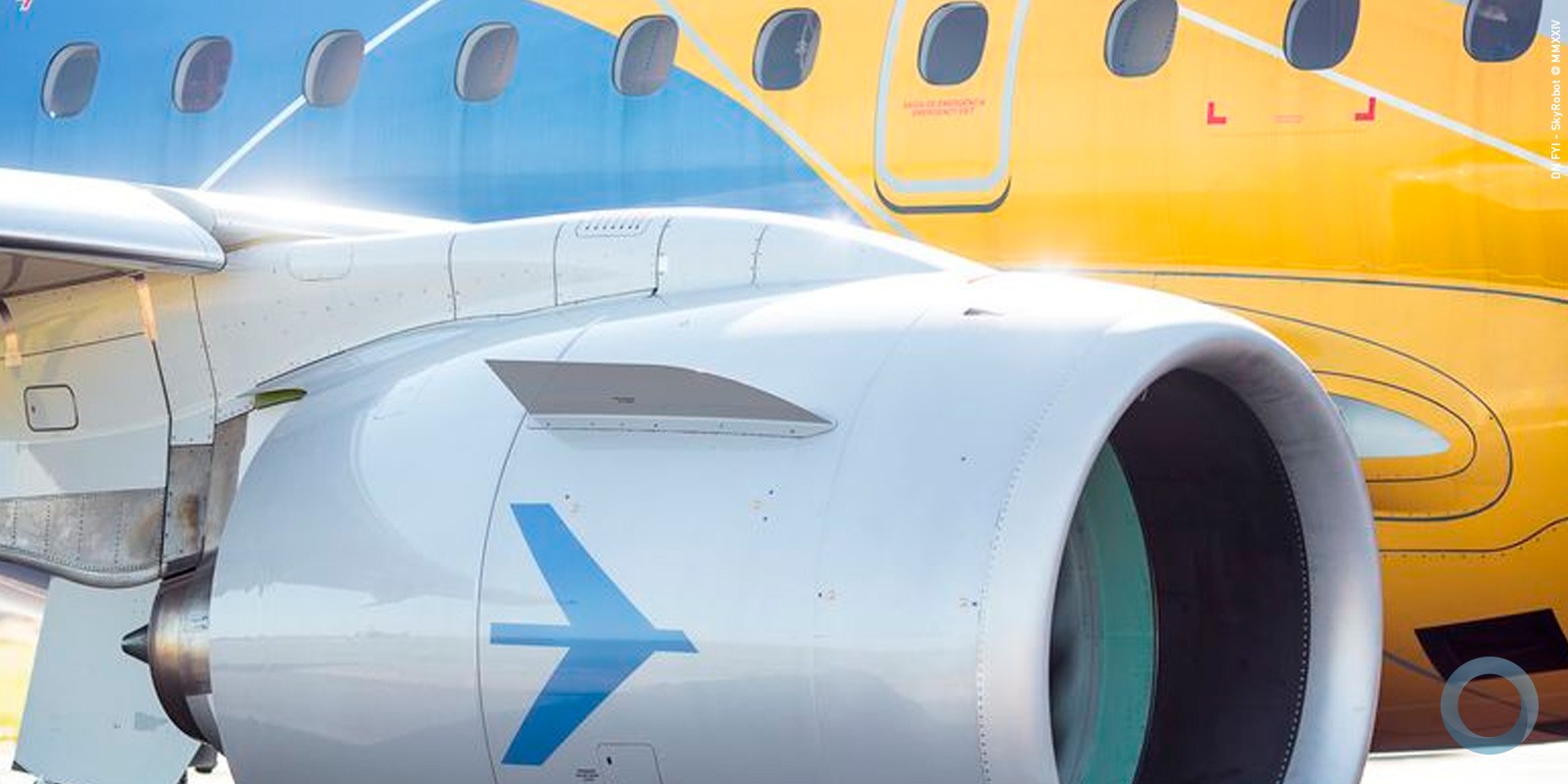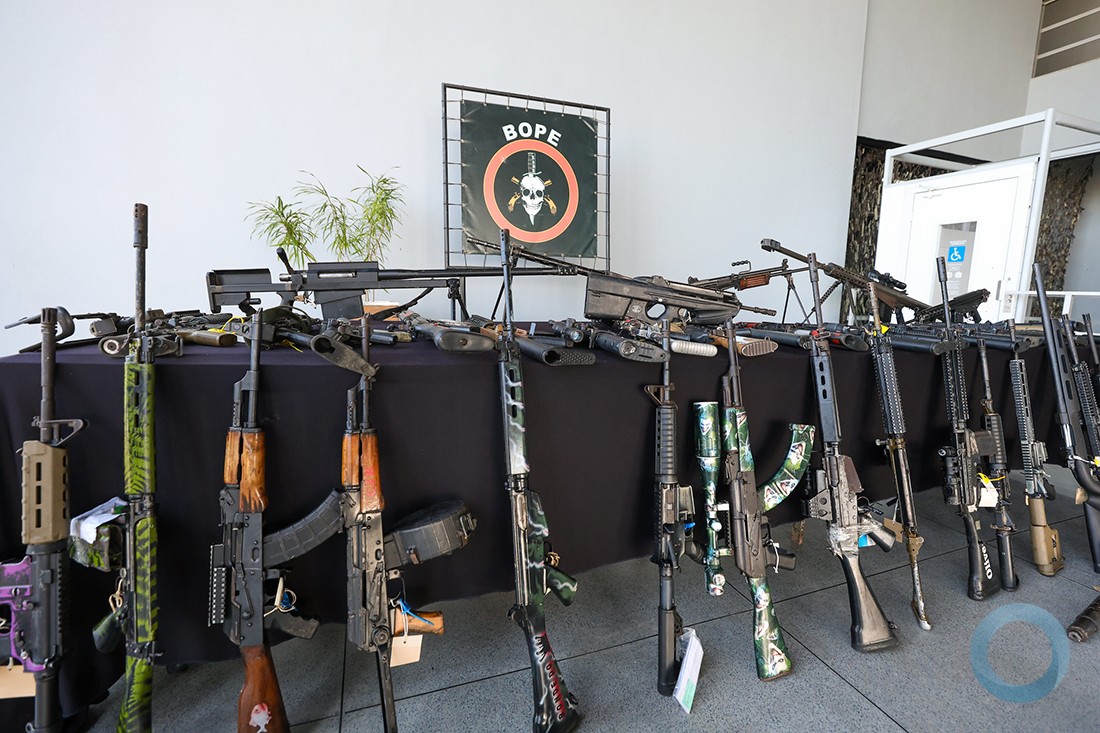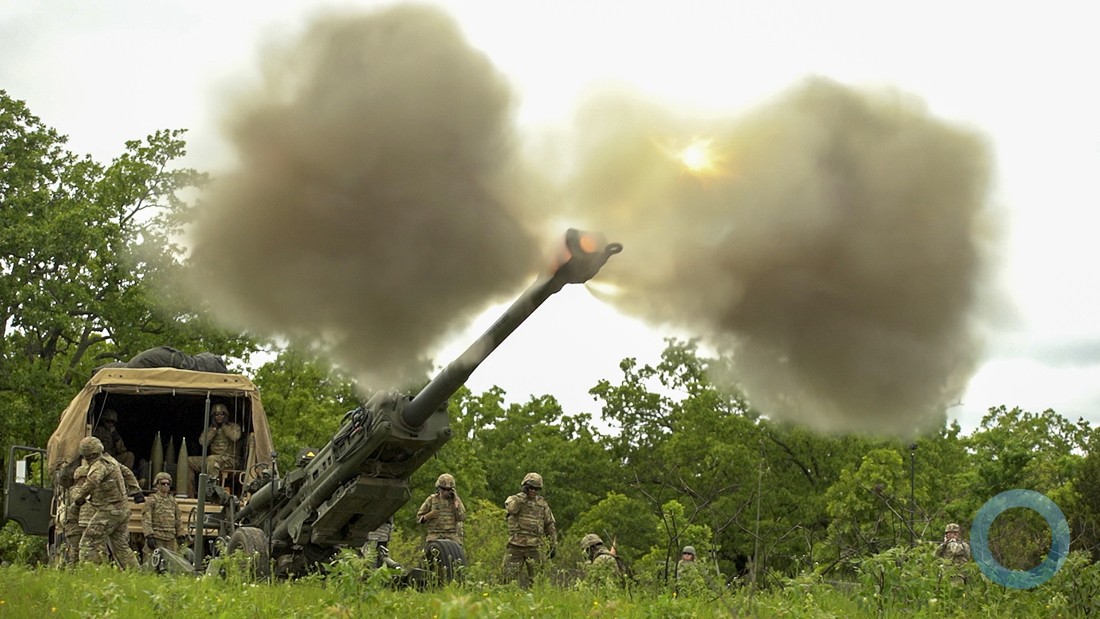Patrícia Comunello
Brazil’s Air Force (FAB) recently participated in Combat Search and Rescue (CSAR) training to improve its precision and teamwork during dangerous rescue missions behind enemy lines.
“Service members must be very well trained in rescuing persons from hostile territory or under enemy control,” said Air Force Colonel Eduardo Rodrigues da Silva, Chief of Staff for the Second Air Force (II FAE), the organization responsible for operational preparations for Air Force Search and Rescue at Ponta do Galeão in Rio de Janeiro.
From June 29-July 3, 350 service members using 15 airplanes participated in CSAR training at Campo Grande Air Base (BACG) facilities in Mato Grosso do Sul.
“The exercise also helps solidify task doctrine among participants,” said Air Force Colonel Rodrigues, who coordinates the annual program that’s FAB’s primary training operation.
The FAB service members assigned to these units with rotating-wing aircraft suitable for rescue missions participate in this kind of training annually, spending most of the year conducting domestic search and rescue missions on land or sea that often involve helping victims of vehicular or boating accidents.
“Crew members must be prepared to take actions in wartime or peacetime,” Air Force Colonel Rodrigues said.
Squadron training includes units from throughout the country
The greatest challenge for the 350 service members from 10 mobilized squadrons at Campo Grande is synchronizing and standardizing their actions.
Over five days, squadrons from Belém (PA), Santa Maria (RS), Rio de Janeiro (RJ), Anápolis (GO), Campo Grande (MS), Manaus (AM) and Porto Velho (RO) practiced and tested tactics, techniques and procedures for combat search and rescue missions. The training gauges the squadrons’ skills, which include verifying the efficiency of the equipment and crews in their compliance with doctrine manuals.
“Only through continual, comprehensive and annual training is it possible to maintain their abilities needed to conduct missions,” Colonel Rodrigues said.
The service members at Campo Grande trained with H-60 Black Hawk, H-36 Caracal, AH-2 Sabre, H-34 Super Puma, H-50 Esquilo and H-1H Iroquois helicopters and were supported by the First Central Communications and Control Group for the Anti-Aircraft Artillery Brigade.
During the exercise, each service member performed his or her specific task. The first pilot is responsible for maintaining flight; the second pilot communicates with the control tower and assists the first pilot; the mechanic helps the pilot in checking the aircraft’s instruments; and the equipment operator checks the landing strip, in addition to operating the rescue winch, if necessary. For low-light operations, service members use night vision goggles.
“With this equipment, it is possible to land safely by sight, even at night,” Colonel Rodrigues said.
Air show attracts 35,000 visitors
Following the five days of training, nearly 500 service members put on an air show for residents of Campo Grande and the surrounding region. The Open Doors event brought 35,000 visitors to the Air Base — 10,000 more than in 2014.
“The event is a healthy integration of civil society and Air Force service members,” Air Force Colonel Rodrigues said.
Meanwhile, spectators each donated a kilogram of non-perishable food that the Military gave to the needy. Seven tons of food were collected in two days, according to Air Force Colonel Potiguara Vieira Campos, Campo Grande Air Base’s commanding officer.
Civilians got a close view of A-29 Super Tucano and A-1 fighters, C-105 Amazonas transport planes and some of the helicopters involved in the training. Service members simulated search and rescue actions using rappelling and hoisting techniques.
“I am a big fan of aviation, and my son adored the combat helicopters,” said Leandro Mossa, a 35-year-old banker who, along with his 8-year-old son Miguel, attended Open Doors and visited Camp Grande Air Base for the first time. Miguel was impressed by Brazil’s peace missions, said Mossa, who got a picture of him and his son in Air Force gear sitting inside a helicopter. He also won a panoramic flight in one of the exhibit planes.
“It was a bit of history, but taught in a very different way.”
The Open Doors program helps bring the Air Force closer to the community and motivates young people to join the Armed Forces. “It is part of our doctrine, and we try to communicate positively with citizens with our structure and our equipment,” Air Force Colonel Campos said.












